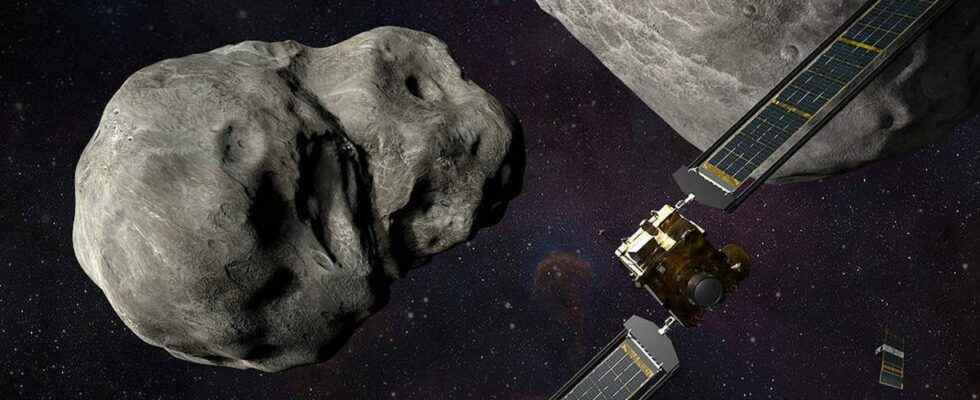The Dart mission vehicle sent by NASA into space hit its target and disintegrated against the asteroid Dimorphos on September 27. Already impressive, the images of the impact are now accompanied by data that shows the extent of the success of the US space agency. For the past two weeks, the Double Asteroid Redirection Test (Dart) survey team has shown that the space probe’s kinetic impact with the target asteroid has successfully altered its orbit.
Prior to this impactful encounter, NASA considered the mission successful with a minimum orbit period change of 73 s. But early data reveals that Dart exceeded that goal by more than 25 times. Before impact, it took Dimorphos 11 hours 55 minutes to orbit its parent asteroid, the much larger Didymos. Since the collision, this period of revolution has increased to 11 h 23 min, a difference of 32 min which will influence the trajectory of the pair of asteroids in our solar system.
“This result is an important step towards understanding the full effect of Dart’s impact with its target asteroid.said Lori Glaze, director of NASA’s planetary science division. As new data arrives daily, astronomers will be able to better assess if and how a mission like Dart could be used in the future to help protect Earth from an asteroid collision.”
This is the first time that mankind has deliberately altered the motion of a celestial object. NASA specifies that neither Dimorphos nor Didymos pose a danger to our planet before or after the controlled collision of the probe.
